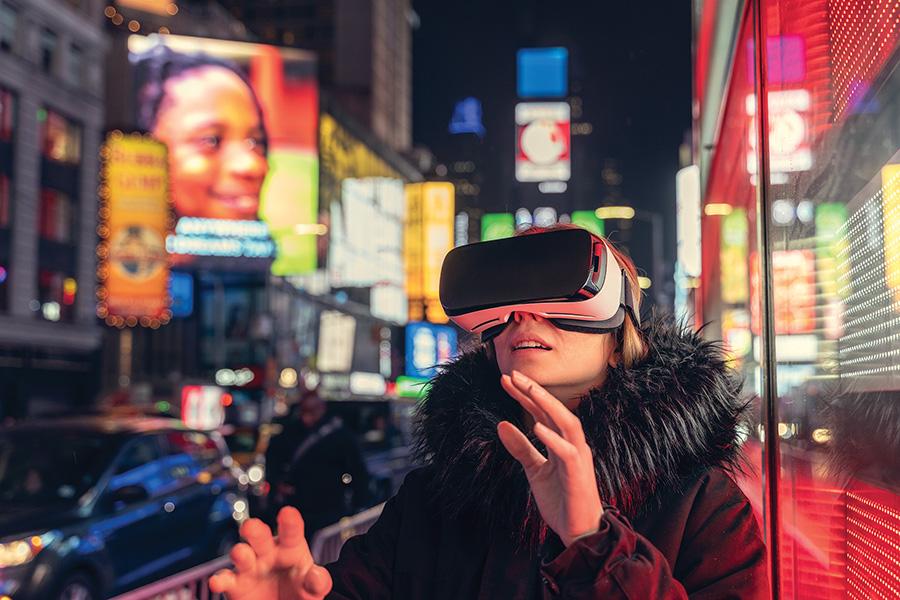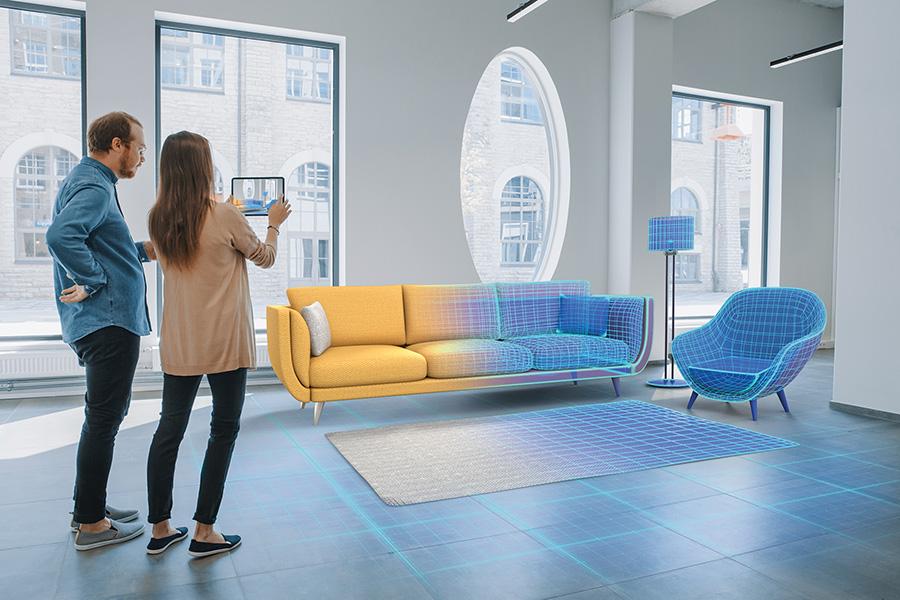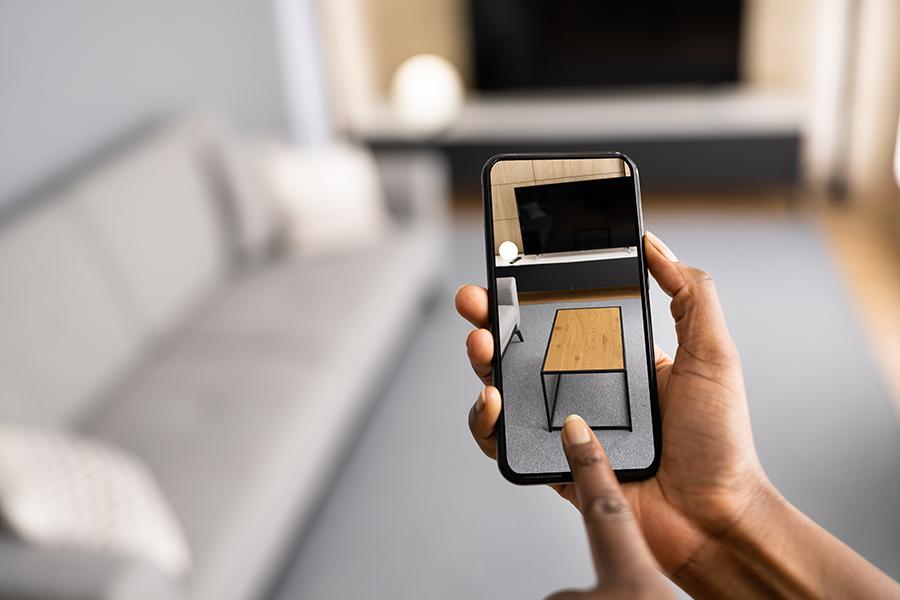Playing out in shopping centres every day is the eternal goal to attract the ultimate commodity – our attention. But when the average adult’s attention span is now 8.25 seconds – down from 12 seconds in 2000 – we officially have a shorter attention span than a goldfish.
We’re fascinated by this shrinking gap, and so a collaborative research study is now underway to consider how we harness this decreasing attention span from a holistic design perspective.
This article outlines the first steps in our research journey and begins with two key questions: What are the behavioural, cultural and psychological drivers behind this change? And how can asset owners get ahead of these rapid changes to create better places and spaces for the future?
A history of disruptors
During the past few years, we understand that the CBD retail sector has recovered more slowly than the suburban market. Although the traditional CBD workplace is now adjusting to return-to-office behaviour and percentages are increasing moderately, the average is not yet fully back to pre-COVID levels. This in turn is impacting retail centres in CBDs.
The Victorian Chamber of Commerce and Industry released figures in March that show only 8% of CBD employees are back to five days a week, while 46% are working in the office three to four days a week, and 38% at one or two days per week.
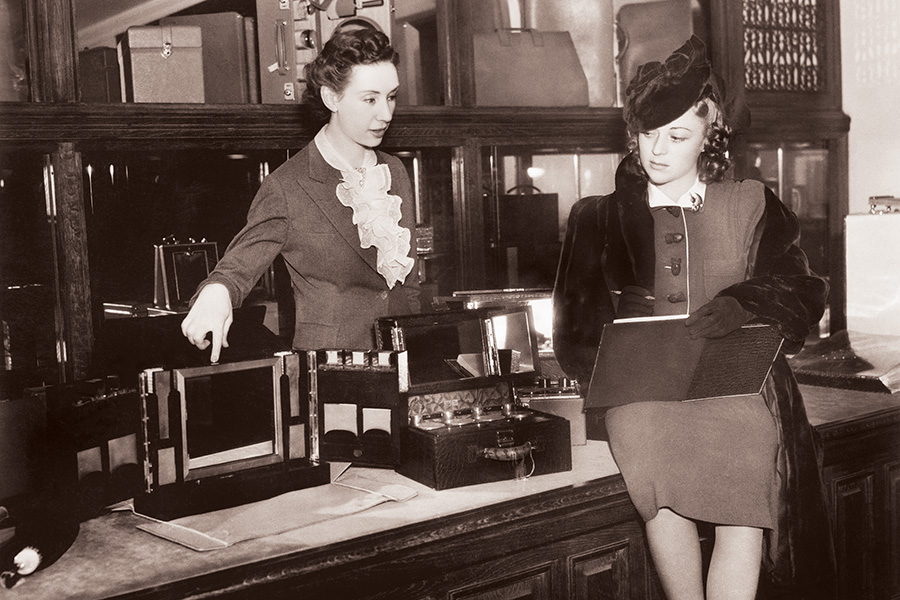
Vintage department store
The retail experience has been full of disruptive moments, and these challenges are part and parcel of the retail landscape. For example, back in the 8th century, street traders and hawkers in ancient Rome peddled their wares and jostled for attention. The Industrial Revolution in the 18th century moved the retail needle again, and again in the 19th century, we saw the birth of the department store to attract women who were permitted to shop alone. From world wars and the oil crisis of the 1970s to the invention of the computer, the internet, the mobile and smartphone, each milestone has brought new ways for store owners to present products, impact convenience and grab our attention.
Seizing a unique moment
Without a doubt, the next big disruptor is here. Artificial intelligence (AI) and auto-generative technologies are influencing how we do things and, again, jostling for our attention. Undoubtedly, these interventions will continue to shape and influence the average consumer’s attention span, further driving the ability of leading retail brands to expand their reach.
However, what is unprecedented is the speed of disruption and at a scale that can only be enabled by large-scale events like major technology breakthroughs and social adaptation born by a significant global pandemic. That is new. By leaning into our age-old relationship with disruption, while acknowledging the unique nature of the disruption at hand and society’s willingness to adapt, we can embrace and leverage an opportunity never before gifted to past generations.
Optimising the shopper’s experience
While our attention span will never reduce to zero, we will likely see a greater impact on the curation of the retail experience by this new disrupter. And by understanding the differences in customer expectations, we can research more into the effects of changing attention spans to engage shoppers a little longer. After all, we know that the longer time spent in a shopping environment translates to more dollars spent.

AI Disruption
For example, current research findings show that utilitarian shoppers (those seeking ultra convenience in terms of car parking and efficiency in time spent) simply want to get in and out. They are more likely to head for the suburban shops than the city and may be less inclined to interact with AI while shopping. On the other hand, the worker-utilitarian CBD shopper is also time-poor but opts for a fully immersive online research experience before heading out of the office for their shopping needs.
Lastly, those who shop for a more wholesome hedonic retail experience, regardless of being in a CBD, are more likely to fully embrace digital platforms. They may exhibit an interesting spectrum of attention spans and respond better to different types of experiential stimuli.
A deeper understanding of these utilitarian and hedonic shoppers will help asset owners better harness their attention spans while creating a seamless, intuitive experience that also entices them into stores over time.
The rise of the digital retail twin
One answer is retailer digital twins or virtually created digital simulations. These are becoming more popular for customers to understand products and their potential before committing to a purchase – creating an opportunity for serious virtual engagement and experiences.
- Augmented Reality Furniture
We are now seeing AR (augmented reality) on smartphones with a ‘live feed’ superimposed with graphical elements displayed on the screen, which could be used in an interior setting enabling a virtual ‘try before you buy’ representation of real furniture. Other examples are in Dubai, where Magrabi Optical used VR to place its audience inside its new store concept, and Walmart, which trains workers using Oculus headsets. Think of the potential for a significant white goods store nestled into a 40m2 CBD flagship store – the opportunities to expand retail offers in the CBD become limitless thanks to advances in technology like digital twins and their ability to tap into our digital attention.
With continued pressure on CBD retail, the opportunities to leverage the smarts of digital twins, AI, and further advances in omnichannel will undoubtedly shape the CBD shopping centre into its next evolution. Combined with an appreciation of future behaviour in our attention span, we could potentially see exciting advancements, including permanently removing inter-tenancy walls or seamless store transitions through to entire virtual reality shopping malls – now possible with VI-Mall in southeast Asia – and further diversity in CBD retail offers enabled by last-mile fulfilment, and so on.
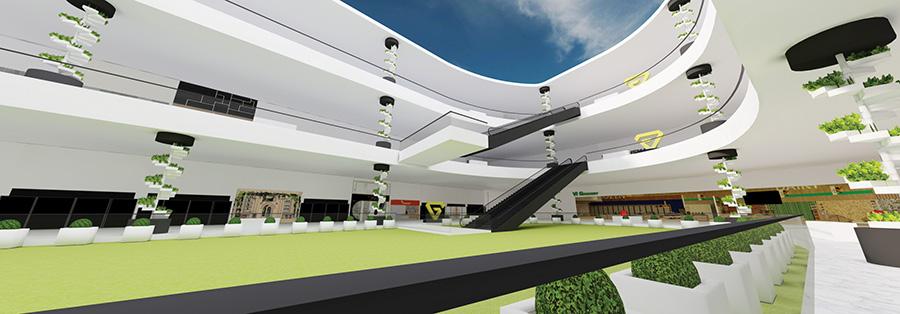
VI Mall Malaysia
The 80/20 rule
But what about those customers who aren’t seduced by the bells and whistles of a physical store?
While we understand that 80% of the community is attracted to trends, the other 20% may be quieter, neurodiverse, have mental health conditions or other underlying conditions that hinder them from the typical retail experience in the city.
Their needs are somewhat less catered for, and this also represents a growing opportunity. For example, Australian actor, author and disability rights activist, Chloe Hayden publicly criticised Marvel Stadium in Melbourne recently for ableist behaviour and discrimination over its sensory room. Major supermarkets provide dedicated ‘quiet hours’ offering all-ability access and inclusivity for that part of our community whom have been overlooked for some time.
These initial steps towards a truly inclusive retail experience is positive, however the true potential to build on these developments isn’t just exciting, but critical. Undertaking further research into the changing behaviour of our communities will enable us to better respond to the design of retail environments to extend that to the CBD shopping centre environment.

Playing our part
Right now, our retail industry has an unprecedented opportunity to leverage advancements in technology and social adaptation to again evolve a consumer’s relationship with retail spaces for the better.
However, the first step towards truly embracing this is understanding it. This will empower the retail industry itself to play a vital role in stimulating our CBD retail environments as technologies and social behaviours continue to change.
With further research and better attention retention, innovations in AI and digital twins, and other digital retail strategies can be physically deployed in the city rather than more traditional attention to things like CBD worker routines.
In doing so, asset owners can facilitate better growth in the CBD by continuing to revolutionise retail experiences and lead the way in innovation. As this latest disruption influences the way we live and behave, it will be fascinating to use AI to elevate the retail experience for CBD assets to greater levels than before.
The key is starting with our understanding of the unique behavioural, cultural and psychological drivers we’re experiencing right now and how this may evolve in the future. By doing this, retail asset owners will continue to adjust as they have done for centuries – albeit much more quickly at an unprecedented scale.
This is the focus of research now underway at Hames Sharley, and we encourage others to take up the call for knowledge – we must acknowledge this unprecedented opportunity and what this means for designing and shaping our future retail spaces.
Together, we can re-imagine our retail spaces and shape them so they not only adjust to societal changes en masse but also leverage a unique moment and create a more inclusive, efficient, connected and sustainable world.
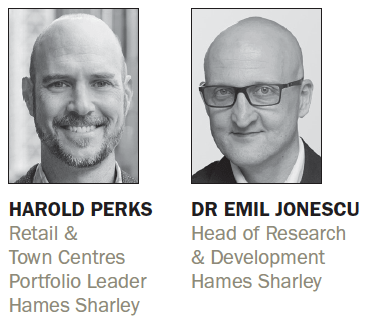
This article by Hames Sharley features in the latest issue of Shopping Centre News. Premium members can view the digital magazine here.



